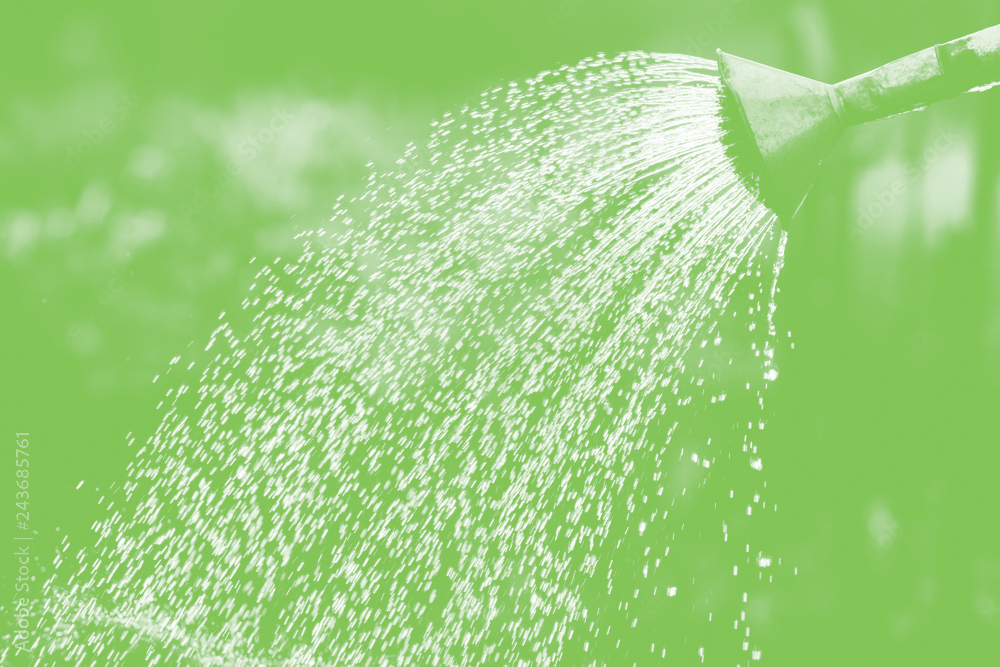
Growing Blueberries
Soil preparation and drainage are the most critical factors when planting blueberries.
Blueberries prefer a soil with a lower pH. Unfortunately our soils are much more basic in the Louisville area; therefore, adding Mr. Natural Woodland Soil Mix at the time of planting is necessary. Roughly a half a bag should be used for each 1 gallon blueberry plant. You would want to mix this into an area about twice the size of the blueberry’s root system at the time of planting (6” pot = 1’ planting area prepared).
You can also add a fertilizer (Espoma PlantTone or Fox Farm Soil Acidifier) when you plant, as long as it does not contain sulfur. A sulfur fertilizer can be added after one month (Espoma Holly Tone or a Soil Acidifier). Fertilization is usually necessary at least twice a year. Remember you can’t change the soil for good, but you can keep the pH lower with regular applications.
It is best to have two different varieties for cross pollination. Specifically, you should have two with similar or neighboring bloom time.
Types:
Northern Highbush (Vaccinium corymbosum)
Northern Lowbush (V. angustifolium)
Rabbiteye (V. ashei)
Southern Highbush (hybrid) (V. corymobosum x ashei x darrowi)
Half Highbush (hybrid) (V. Corymobosum x agustifolium)
Native to eastern U.S.:
corymobosum = New England to Carolinas
angustifolium = Canada through Maine
ashei = Carolina to Florida
You need to water a new plant at least twice a week and a well established plant at least once a week during the heat of the summer. Be careful not to overwater- moist but not consistently wet. Newly planted trees and shrubs need 1½ to 2 inches of irrigation per week from April through mid to late October. The best technique is a slow trickle from a hose for about 30 minutes (mimic steady rainfall). Rainfall can only be relied on if more than 1 inch falls per episode, and the plant is in a position to receive it.

